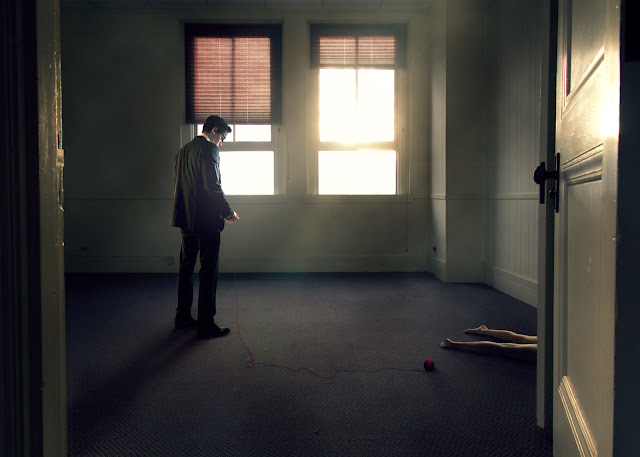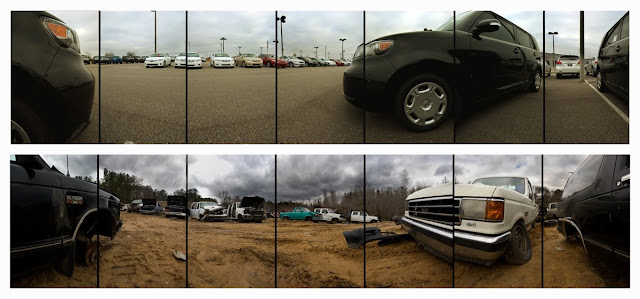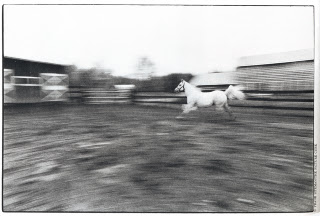Please turn in jpegs (1200 pixels per longest side) of your very strongest work from the following projects:
- 10 images from various shooting exercises (composition, subject matter, motion, depth of field, from the beginning of the semester)
- 5 images from project 1
- Photo extended images (project 2)
- Uncanny image (project 3)
- Open project images (project 4)
Al the images should be labeled the following way:
lastname_project_imagenumber.jpg
Please turn all images into a single folder
That's it! Thank you!






















































